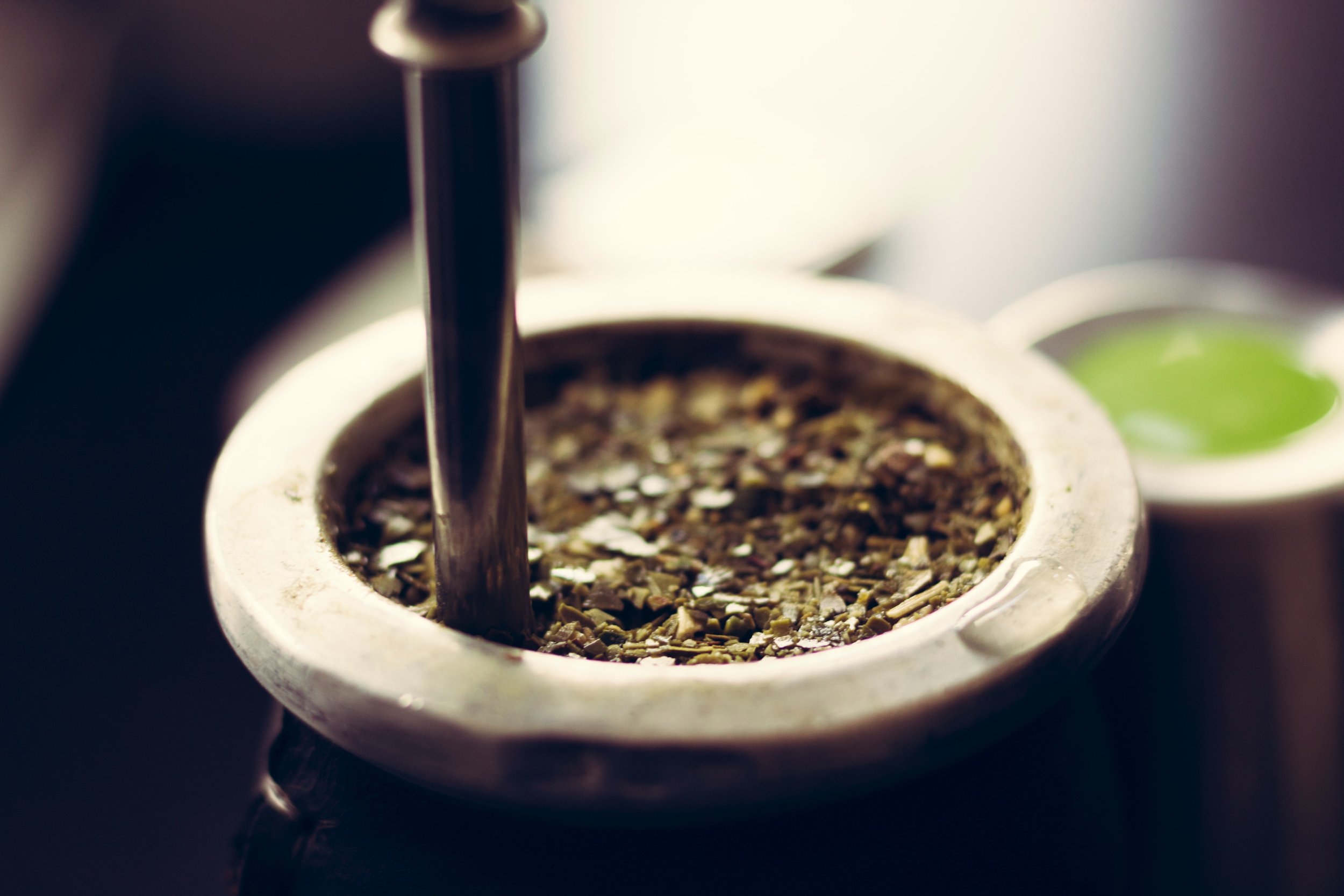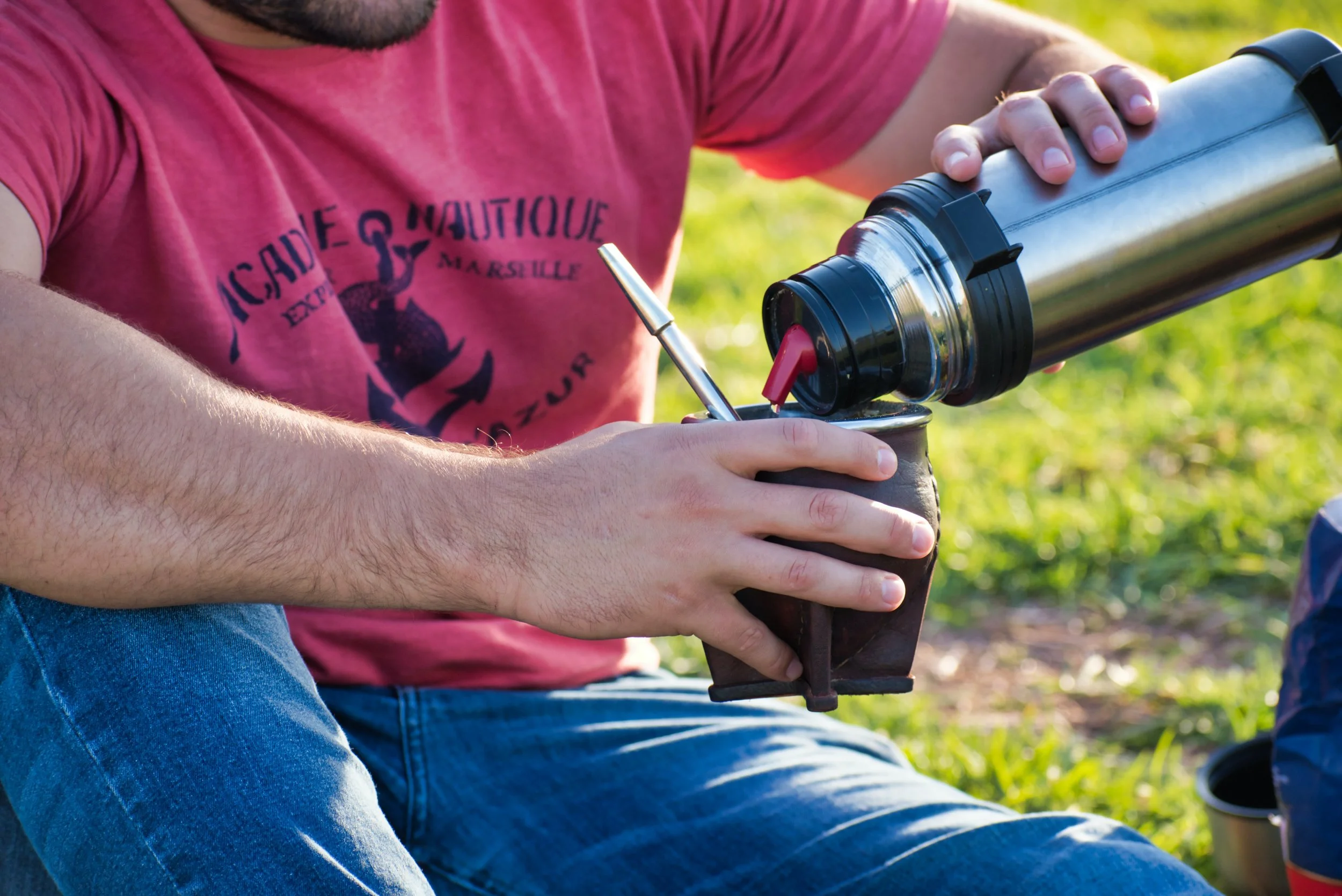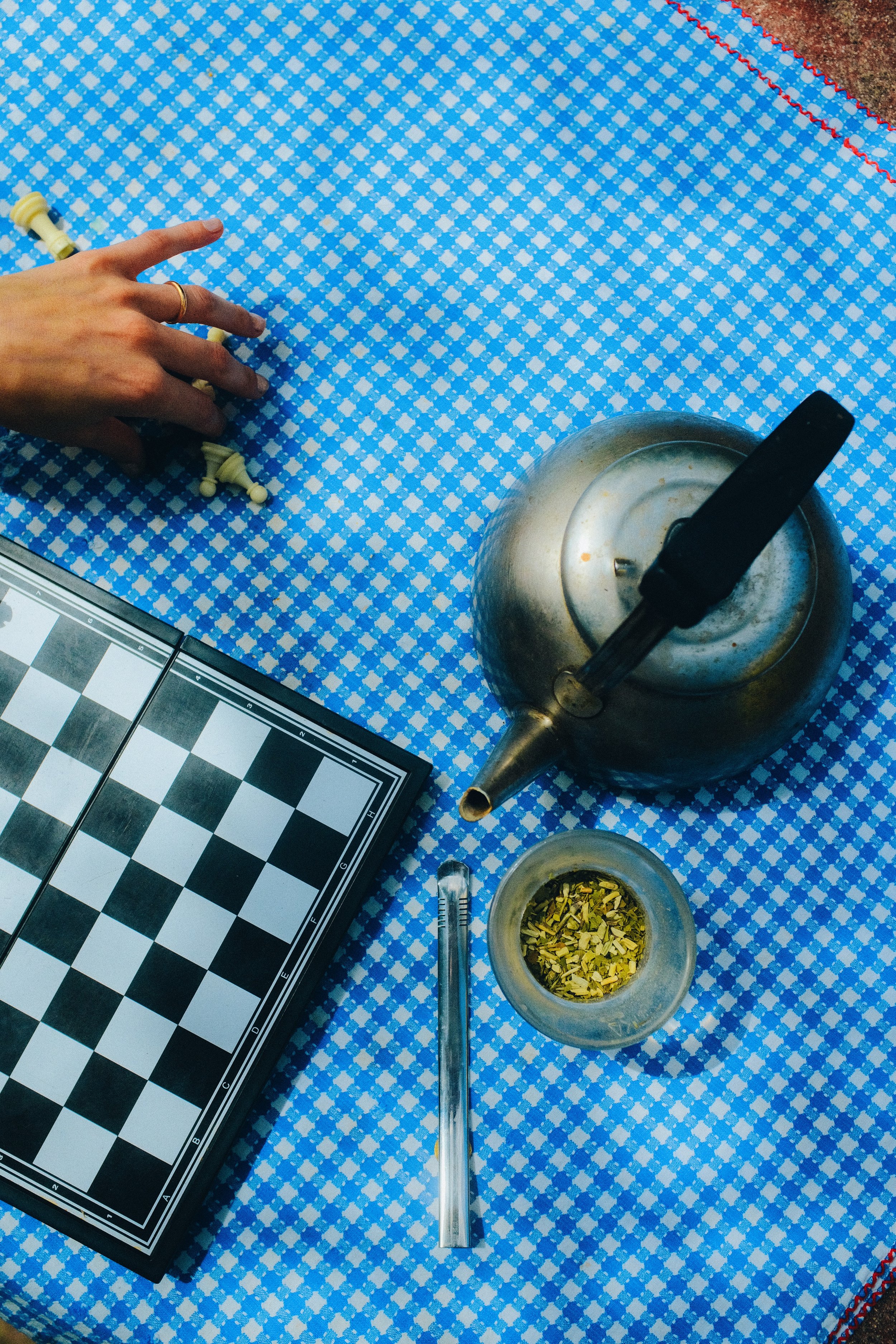The Way of Maté
While Argentina did not invent the maté beverage or its associated ritual of preparation, the average porteño (a Buenos Aires native; a “port person”) may tell you that they did perfect it.
This claim isn’t as brazen as you might think – Argentina currently holds the title of world’s largest producer and exporter of yerba (the looseleaf “herb” from which maté is made), edging out Brazil and leaving Paraguay in the dust. But, it may still smack of the legendary porteño conceit that characterizes the drinker as much as the drink. A bold national drink for a bold people.
The ritual begins with the careful arrangement of yerba into a container, typically a calabash gourd, before congealing the herbs with water and introducing a specialized straining straw known as a bombilla to the brew. Once tasted, strained, and optionally sweetened to perfection by the preparer (the cebador), the drink is offered one by one to present company. Maté is naturally rich in caffeine, making it an ideal conversational lubricant so long as the rhythm is maintained; sip, return, refill, pass. But don’t hang onto it for too long – it’s not a microphone.
The art of maté is in both its preparation and its execution, and as with the fellow Buenos Aires staple of tango, everyone’s personal style is boundlessly revealing of their personality. Being a traditional beverage dating back to pre-colonial times, maté is not without its purists. Depending on quality and strength, the classic maté can be both soberingly bitter (amargo) and refreshingly smooth. A popular variation is maté dulce, sweetened simply with sugar or a drop of honey. Others may add peel of lemon or orange, additional herbs or teas – or, for the sleepy/deranged, ground coffee.
What may strike a first-time visitor to Buenos Aires is how commonplace the maté truly is. The average corner store has a strong chance of carrying the necessary paraphernalia, and leather merchants in all corners of the city frequently hawk materas, specially designed and handcrafted carrying cases for the gear. One could easily amuse themselves on a daily outing by counting how many thermoses and gourds they can spot on tables, public benches, front stoops, balconies, even tucked under arms that are busy driving vehicles.
But better still is to take a moment to acknowledge each individual drinker, clustered alone, in pairs or larger groups, briefly united not only in sharing a refreshment, but in ceasing the day’s activities to savor one another’s company. All levels of Buenos Aires society are connected by maté, and as such, no two matés are alike.
Porteño life, it seems, is what happens between one maté and the next.



